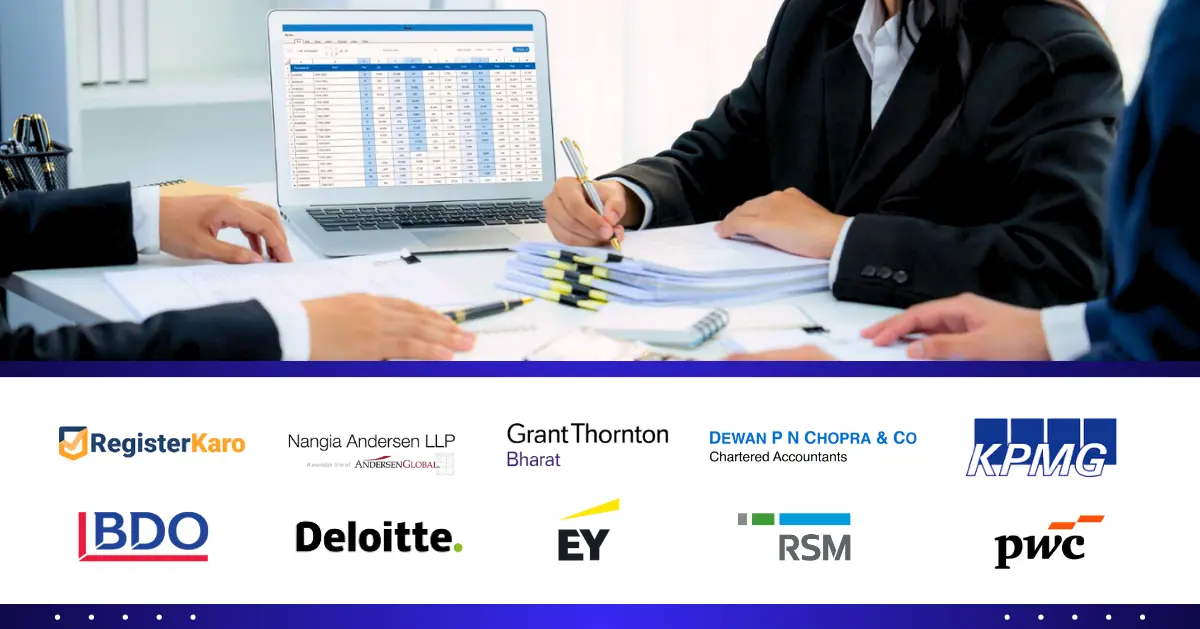
The world of accounting is evolving rapidly, and businesses must keep pace with changing technologies to stay competitive. Traditional accounting methods, while functional, are often time-consuming and prone to manual errors. Enter Digital Accounting—a revolutionary way for businesses to streamline their financial management by leveraging technology.
By transitioning to digital accounting, not only do you save time, but you also enhance accuracy, transparency, and scalability. This blog will provide you with a step-by-step guide to explain its benefits, and help you understand the necessity of embracing digital transformation in accounting for your business.
Also Read: Outsourcing Accounting Services for Business
What is Digital Accounting?
Digital Accounting refers to the use of digital tools, cloud-based software, and automated systems to manage every aspect of accounting—such as bookkeeping, tax filing, payroll management, invoicing, and financial reporting.
Unlike traditional accounting, digital accounting operates in real-time, allowing businesses to easily access, analyze, and manage financial data from anywhere. Its automation features minimize manual intervention, boosting efficiency and accuracy.
Key Features of Digital Accounting
| Feature | Description |
| Cloud-based Systems | Access financial data securely from anywhere with internet connectivity. |
| Automation | Automates manual tasks like data entry, invoicing, and tax calculations. |
| Real-Time Insights | Provides up-to-date financial information for better decision-making. |
| Integration with Other Tools | Links with CRM, payroll systems, or inventory management software seamlessly. |
| Paperless Operations | Reduces dependency on manual paperwork, saving cost and time. |
With businesses increasingly moving toward digitization, digital accounting is no longer an option—it’s a necessity for companies of all sizes.
Understanding Digital Transformation in Accounting
Digital Transformation in Accounting refers to the adoption of modern, tech-driven solutions to replace traditional accounting practices. This transformation is not just about using software; it’s about changing how businesses approach financial management to make processes smarter, faster, and more efficient.
As of 2025, governments and tax authorities around the world have started mandating digital tax reporting, making the adoption of digital tools for accounting more critical than ever.
Here’s why businesses are embracing digital transformation in accounting:
- Compliance with Tax Systems: With digital tax platforms rolling out globally, manually filed tax records may become obsolete.
- Improved Accuracy: Automation reduces calculation errors, reconciliation mistakes, and duplicate entries.
- Scalability: Small and large businesses alike benefit from platforms that adapt as operations expand.
- Real-Time Monitoring: Enables businesses to track financial health consistently and make quick adjustments.
This makes transitioning to digital accounting an essential step toward modernizing your business.
A Step-by-Step Guide to Transitioning to Digital Accounting
Switching to digital accounting may seem overwhelming initially, but following a structured approach can simplify the process. Here’s how your business can make a smooth transition:
Step 1: Evaluate Business Needs
Start by identifying your accounting requirements. Ask yourself:
- What tasks can be automated?
- Do you need scalability for growth?
- What integration features (e.g., CRM, payroll) are crucial to your business?
Step 2: Select an Appropriate Digital Accounting Solution
Choose software that aligns with your business needs. Popular options like QuickBooks, Xero, Zoho Books, and Tally ERP provide features suitable for businesses of various sizes.
Step 3: Migration of Financial Data
Transfer all your records—such as financial statements, invoices, and tax filings—to the new system. Ensure data is cleaned and structured appropriately before migration to avoid discrepancies.
Step 4: Train Your Team
Conduct training sessions for employees to ensure they are comfortable navigating the software. Most digital accounting tools offer user-friendly interfaces and onboarding tutorials to simplify the process.
Step 5: Automate Key Processes
Set up automation for repetitive tasks such as:
- Generating invoices.
- Sending payment reminders.
- Updating ledgers and records in real-time.
Step 6: Implement Security Measures
Safeguard your financial data by implementing multi-factor authentication, access controls, and data encryption on your software.
Step 7: Monitor and Optimize
Regularly evaluate how your digital accounting system performs. Use the analytics features to identify areas for improvement and tweak workflows as needed.
Transitioning to digital accounting doesn’t just modernize your business—it positions it for long-term success.
Benefits of Digital Accounting
Adopting digital accounting has numerous advantages for businesses. Here’s why every company should consider making the switch:
1. Enhanced Accuracy and Efficiency
Automation reduces manual errors, ensuring accurate calculations and record-keeping. Save countless hours by eliminating redundant processes.
2. Cost-Effectiveness
Digital solutions reduce costs associated with paperwork, storage, and manual errors, offering higher returns on investment over time.
3. Improved Collaboration
Cloud-based systems allow multiple stakeholders—accountants, business owners, or financial consultants—to access the same data securely, facilitating seamless teamwork and decision-making.
4. Regulatory Compliance
Digital platforms are designed to follow tax laws, making compliance simpler and reducing the risk of penalties.
5. Eco-Friendly Operations
By ditching paper-based accounting methods, businesses can significantly reduce their environmental footprint.
Conclusion
Transitioning to digital accounting is not just beneficial—it’s necessary for modern businesses navigating a competitive and tech-driven landscape. By adopting digital transformation in accounting, businesses unlock benefits like improved accuracy, better cash flow management, and stronger compliance with regulations.
At RegisterKaro, we assist businesses with the digital transformation journey, offering tailored solutions and professional guidance to help you embrace digital accounting successfully. Let us simplify the transition for your business so you can focus on achieving your goals.
FAQs
1. What is digital accounting?
Digital accounting is the use of technology and software tools for managing bookkeeping, tax preparation, invoicing, and other financial tasks.
2. How does digital transformation in accounting benefit businesses?
It improves accuracy, saves time, facilitates compliance, and provides real-time insights into financial data for better decision-making.
3. What are the best tools available for digital accounting?
Popular accounting tools in 2025 include QuickBooks, Xero, Tally ERP, and Zoho Books.
4. Is transitioning to digital accounting expensive?
The costs depend on the software and the size of your business, but the long-term benefits, such as time savings and improved efficiency, outweigh the initial investment.
5. Can RegisterKaro help with transitioning to digital accounting?
Yes, RegisterKaro provides expert support for businesses transitioning to digital and offers customized solutions to meet your accounting needs!




